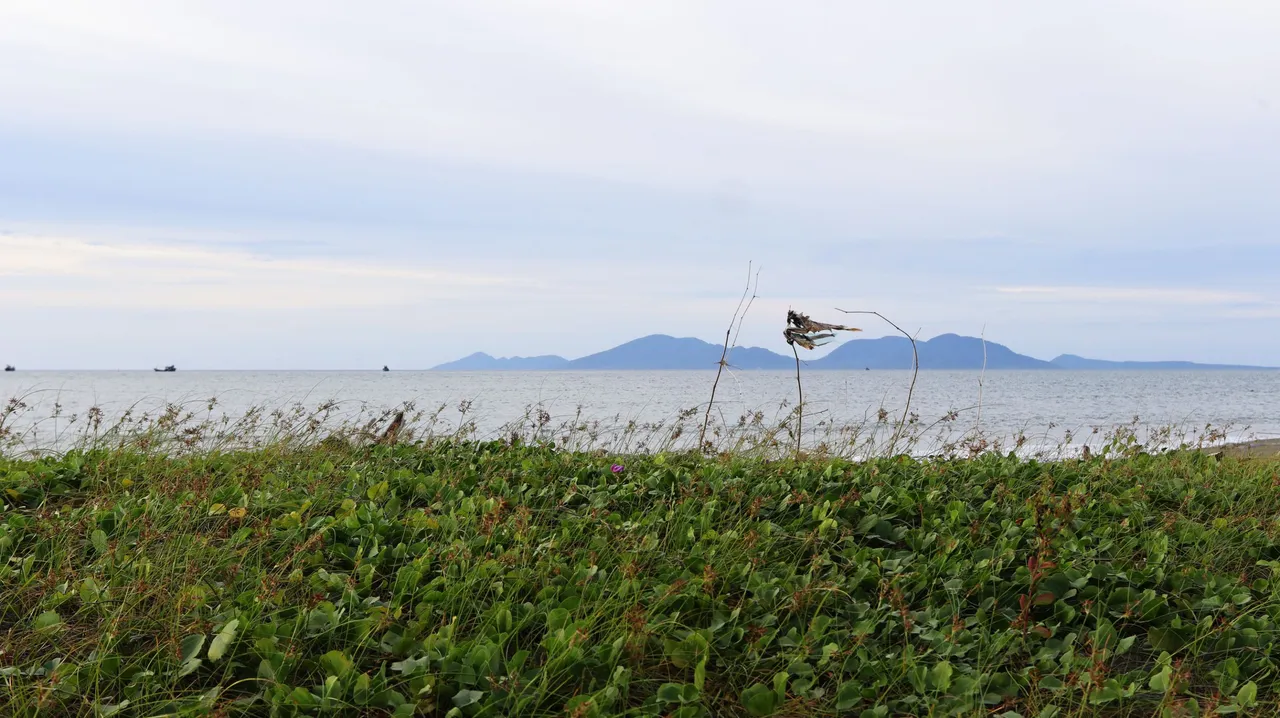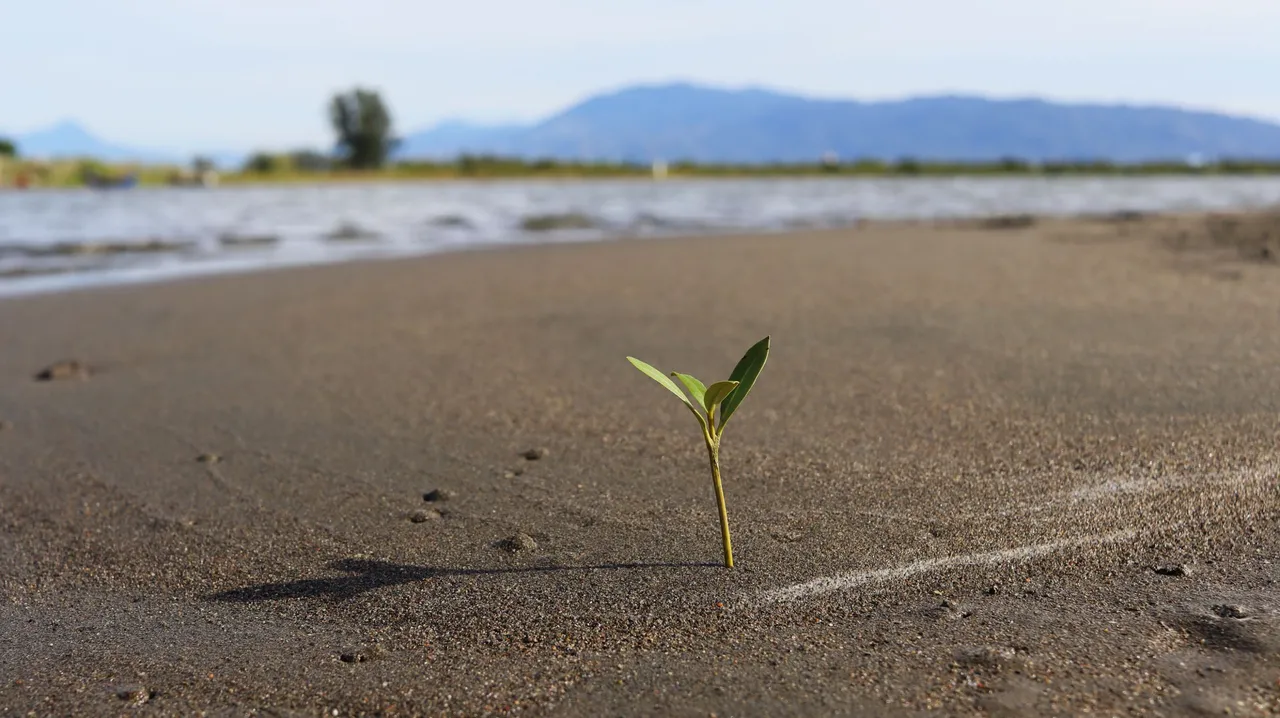
This story begins with a picture of a new mangrove shoot growing near water. As is known, many mangroves grow in swamps near the sea or near estuaries. The water seen in the picture above is brackish water, the salt comes from the sea, the fresh comes from the land. Where the stagnant water is, it is a lagoon, that is, between the water and the sea is blocked by a sandbar. Sea water enters the zone through canals, especially during high tide. It then becomes a zone that is very rich with organisms, bringing enormous benefits to the environment as well as various benefits to humans. Several types of fish live there, so the area is used by local residents to look for fish and mangrove crabs.
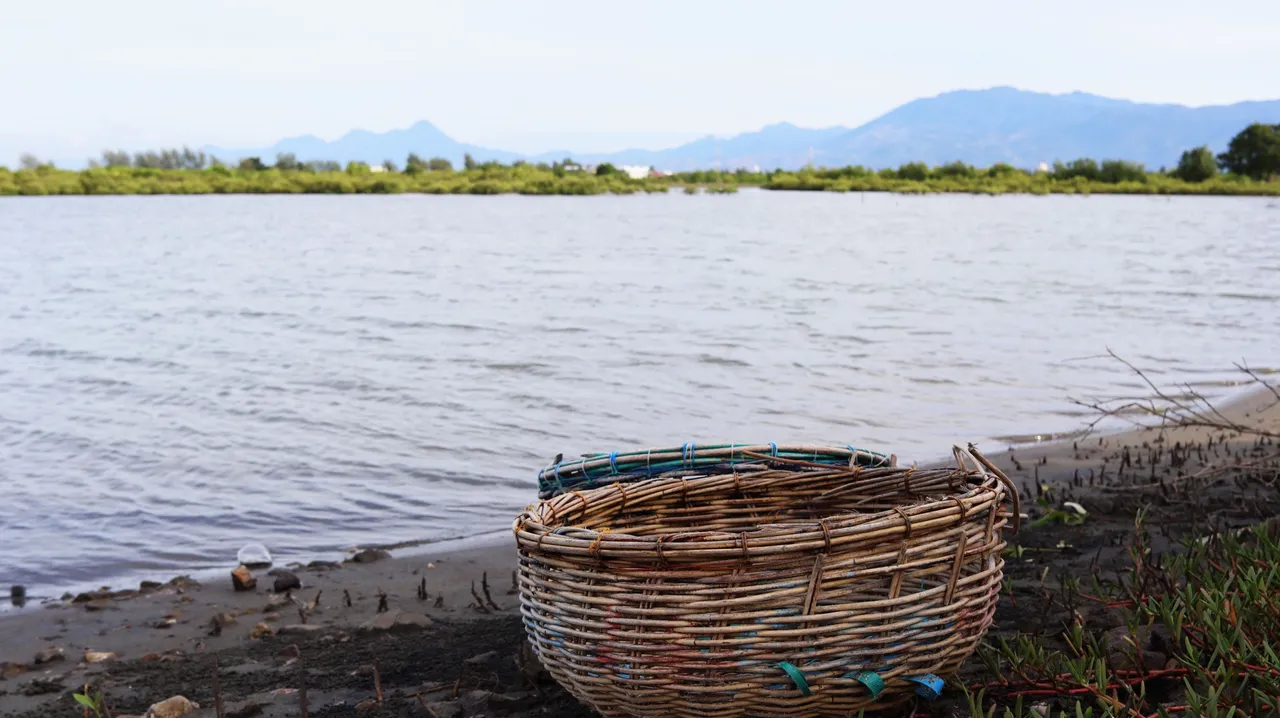
Baskets used to hold fish caught in the lagoon water.
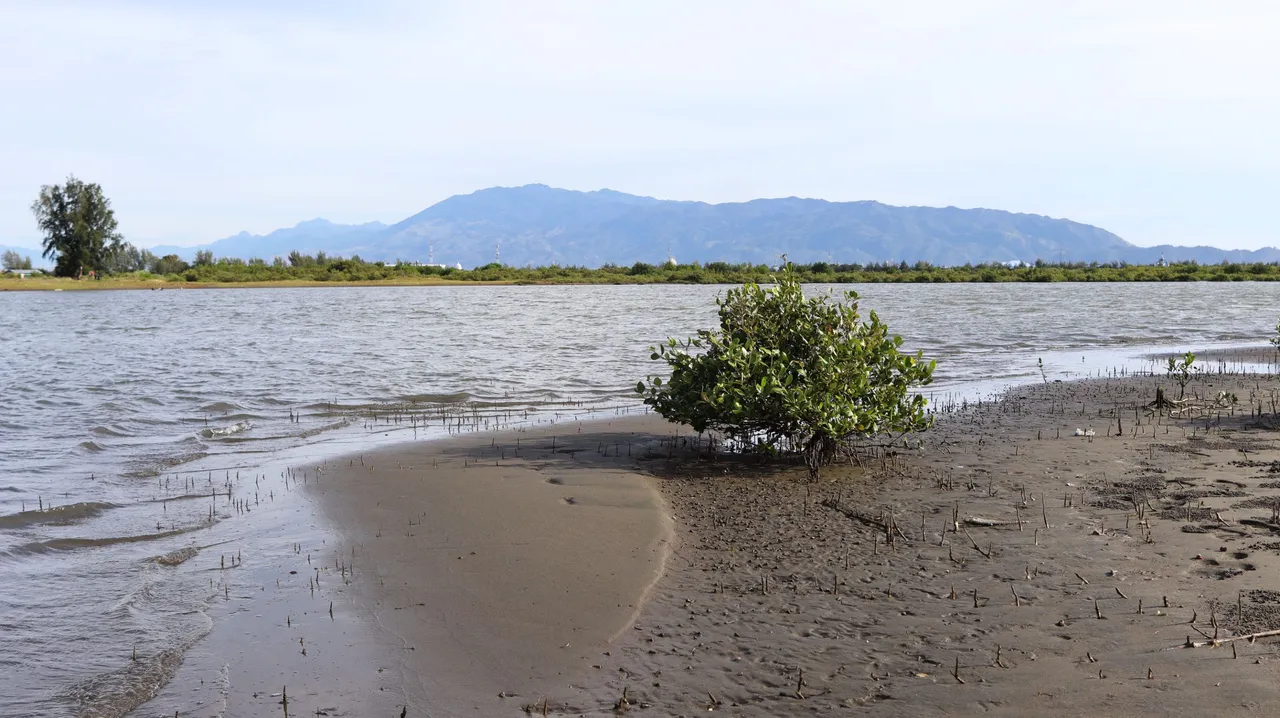
The mangrove forest looks far over there. I had to cross along the water's edge to get there. As I said earlier, the environment is rich with various organisms. When you walk on the edge of the water you can immediately find some small animals that live there.
A type of insect that you usually find near the water is seen congregating there. They can run very fast, but to avoid you they choose the maneuver to fly over the water. They really are bad fliers. Only briefly flying in a staggered manner, they immediately returned to the sand and ran. You see they are correctly insects called tiger beetles in the Subfamily Cicindelinae. They have a different color than those often found in the sands near rivers. Perhaps, this is a tiger beetle that commonly lives in the sands near estuaries and the sea. They are predators who like the surface of the sand.
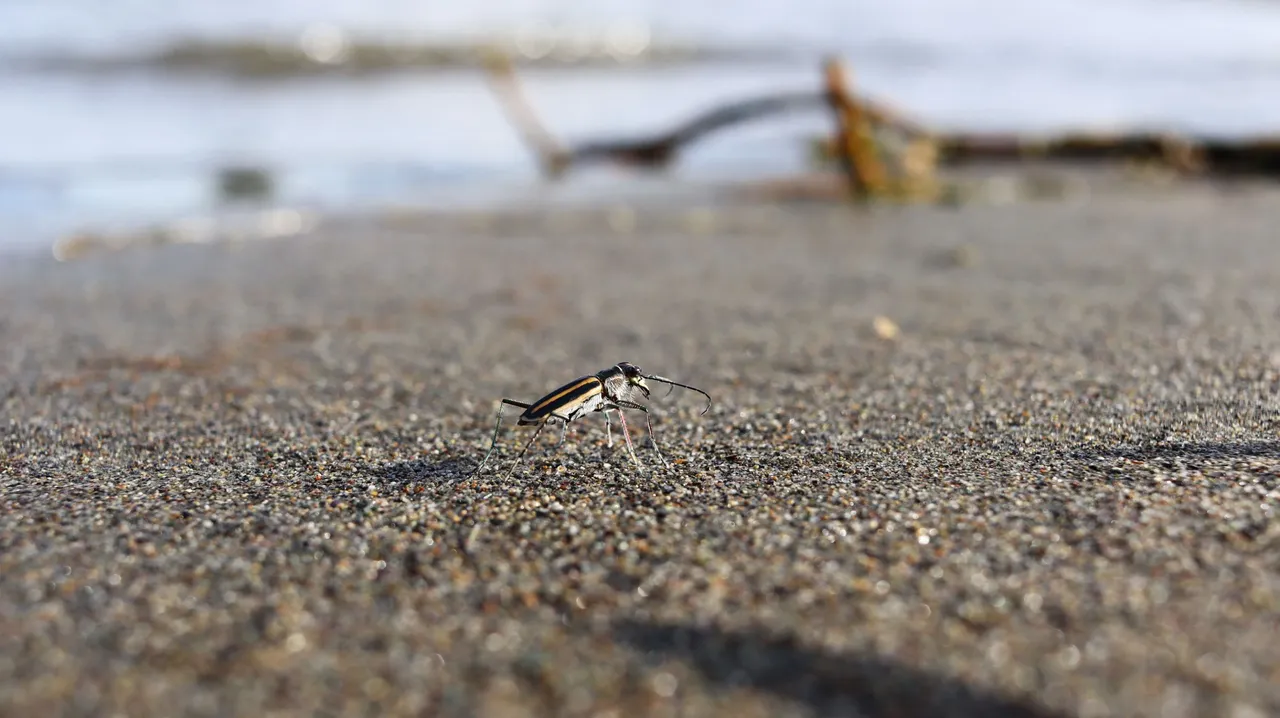
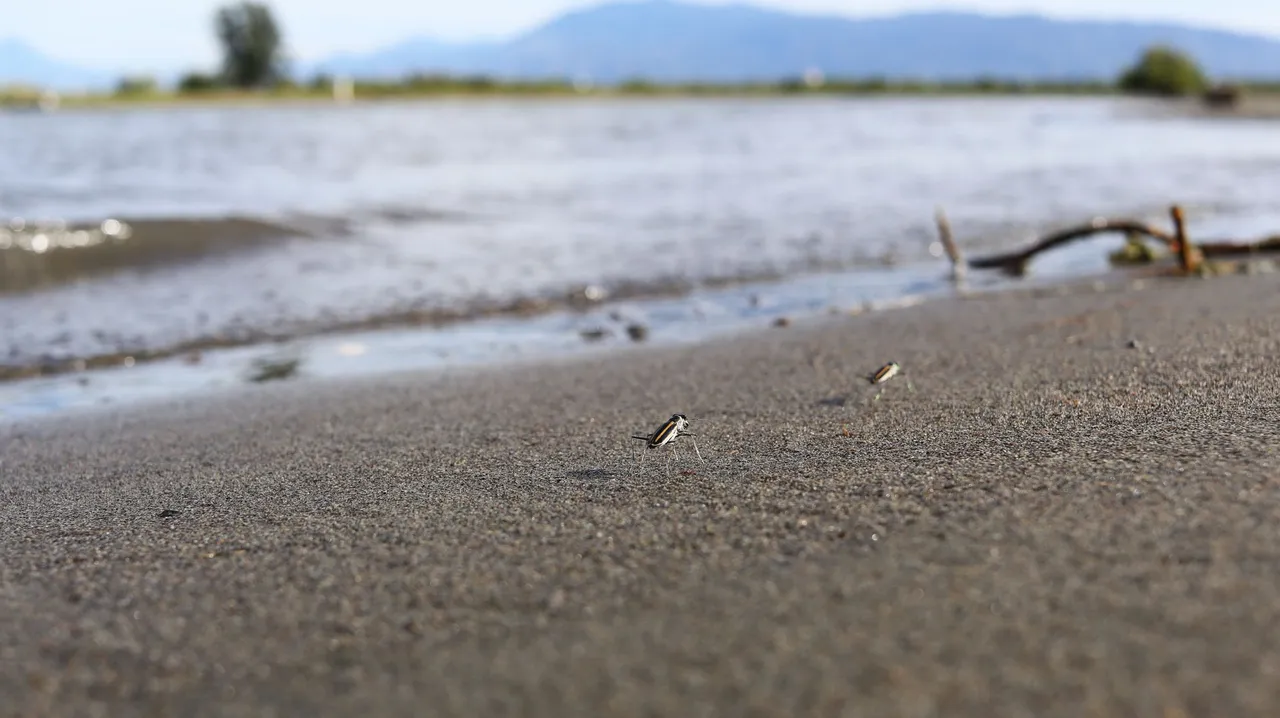
Another animal, which you can also immediately find is the sand crab (Ocypodidae). The cute animal that roams on the sand likes to watch you. If you move, it will immediately run to the edge of the hole. If you move again, it will immediately go into the hole!
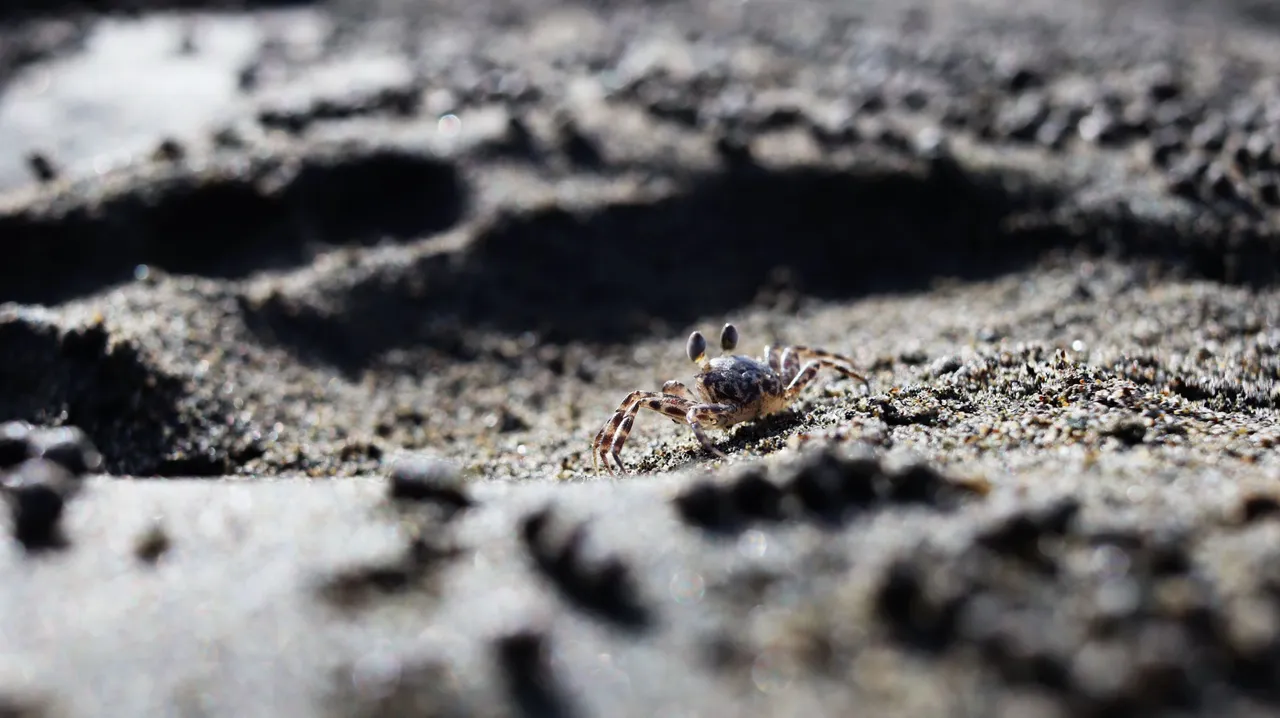
At the same time, you can also see a moving shell with red legs carrying it. If you try to get in front of it, it will immediately turn, or in an instant, the shell looks like it's uninhabited. The red legs and the rest of the body had been quickly pulled into the shell. You'll have to wait to see how the shell dwellers are slowly getting back up and running. It was a hermit crab, which, in fact, had no shell. It uses whatever other mollusk shell to "solitude" there.
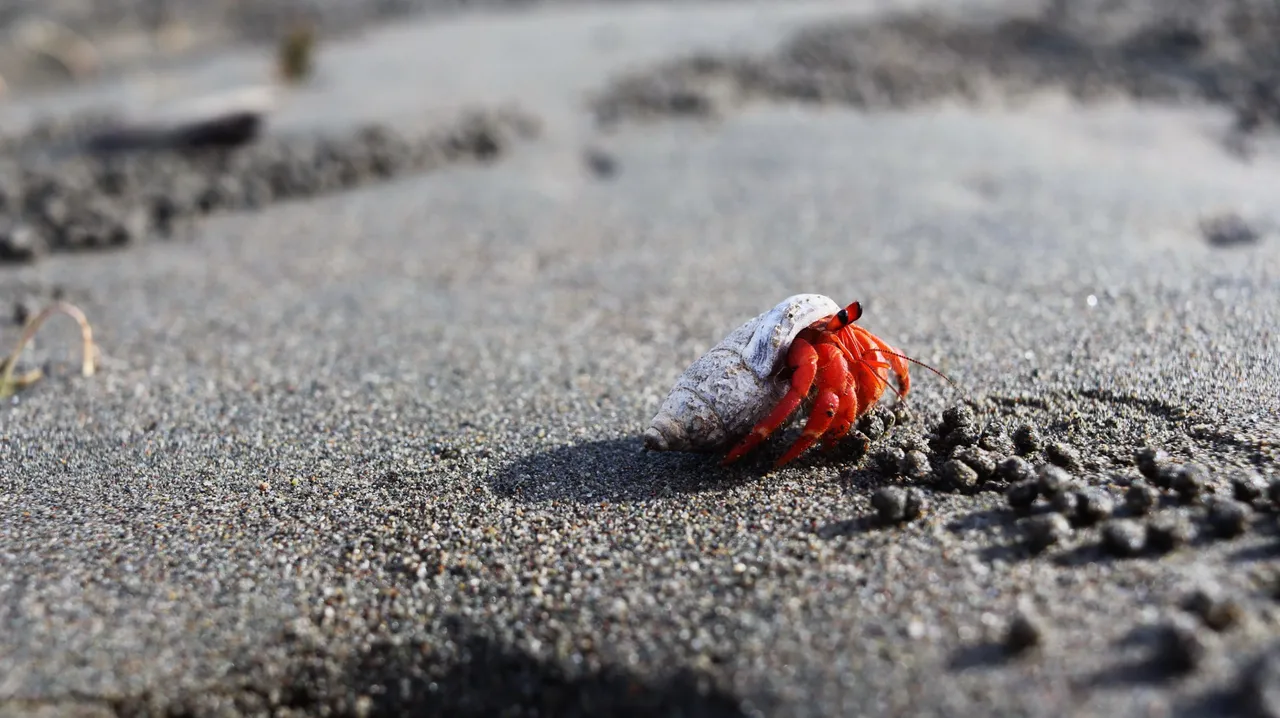
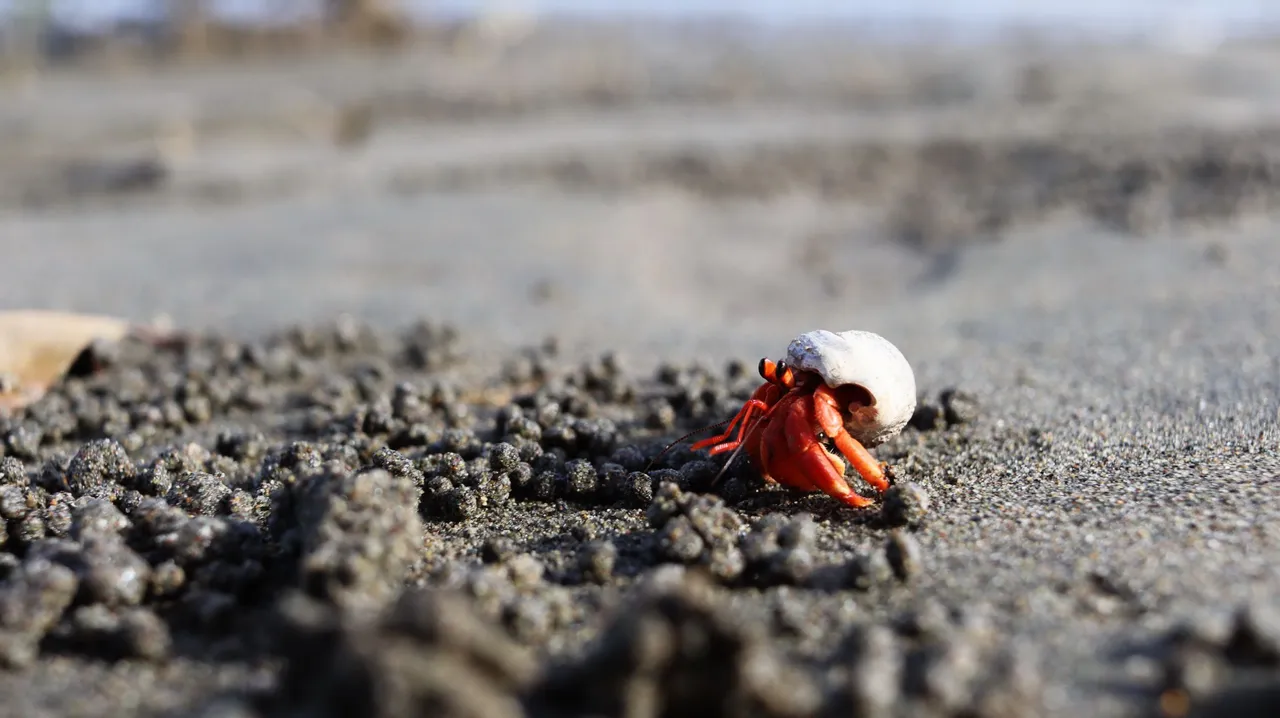
After passing through the water's edge, a small path that was covered with grass on the left and right had to be passed to get to the mangrove forest. There bay-hops or beach morning glory (Ipomoea pes-caprae) can also be seen growing and spreading everywhere. This plant that is resistant to salty air is often used in several treatments.
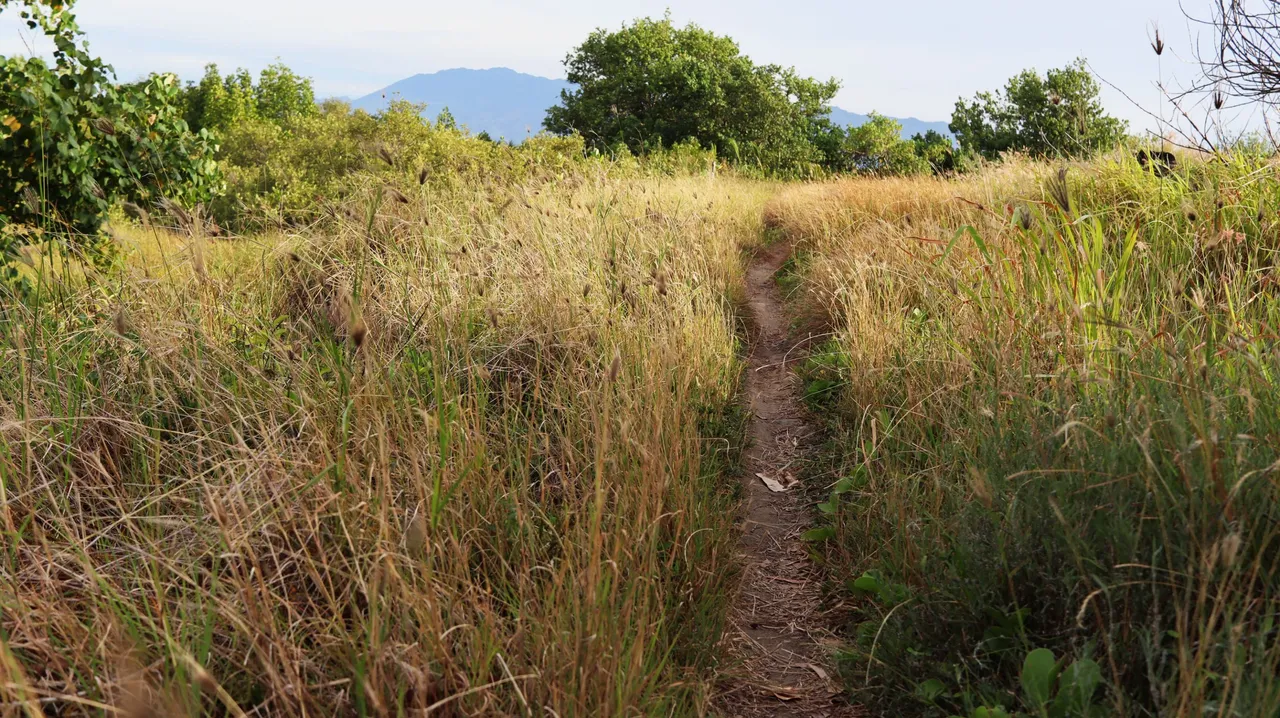
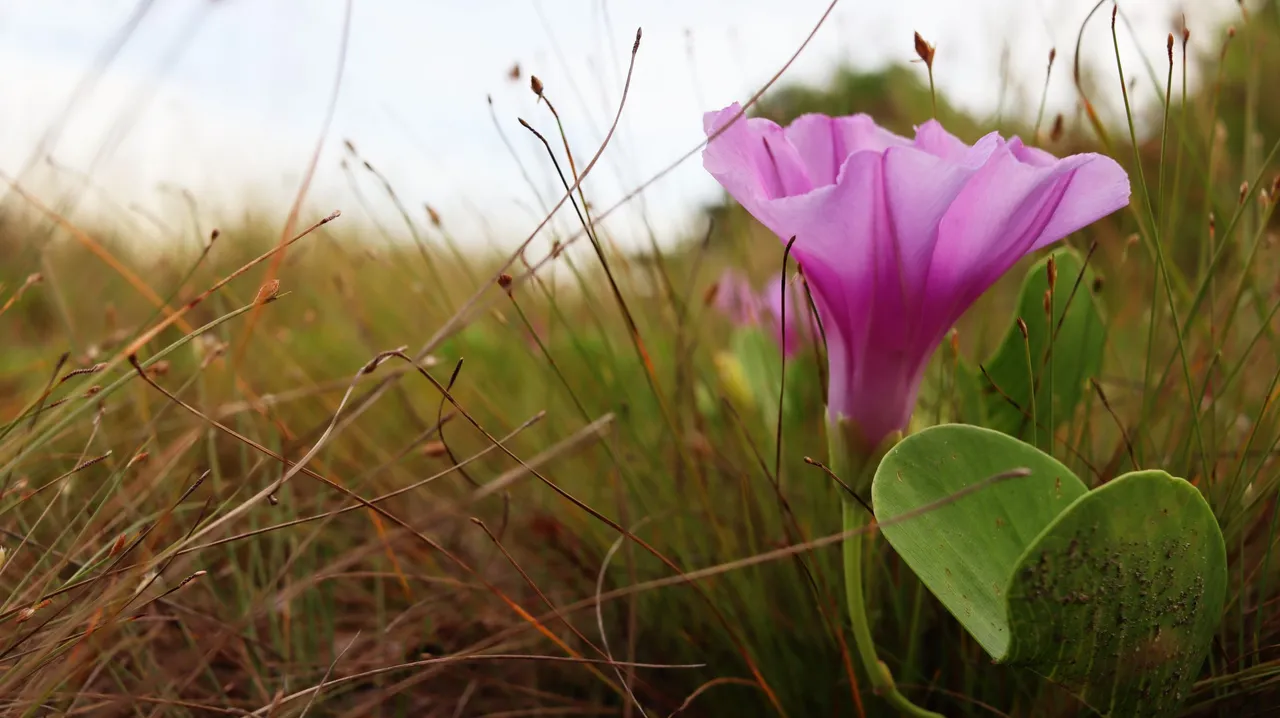
When I arrived at a part of the mangrove forest, the atmosphere was so calm with the air that felt so clean. Some of the trees looked long dead, but the mangroves were still dense. The roots are like clawing and gripping the earth looks so great.
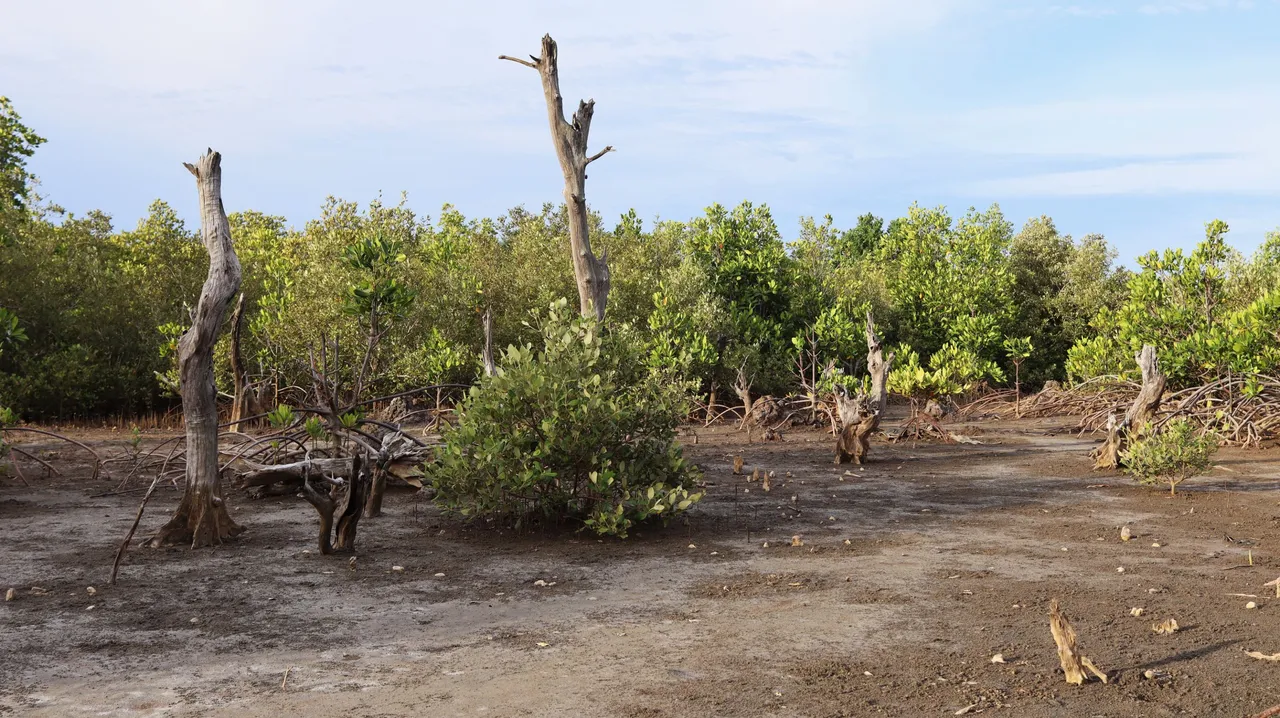
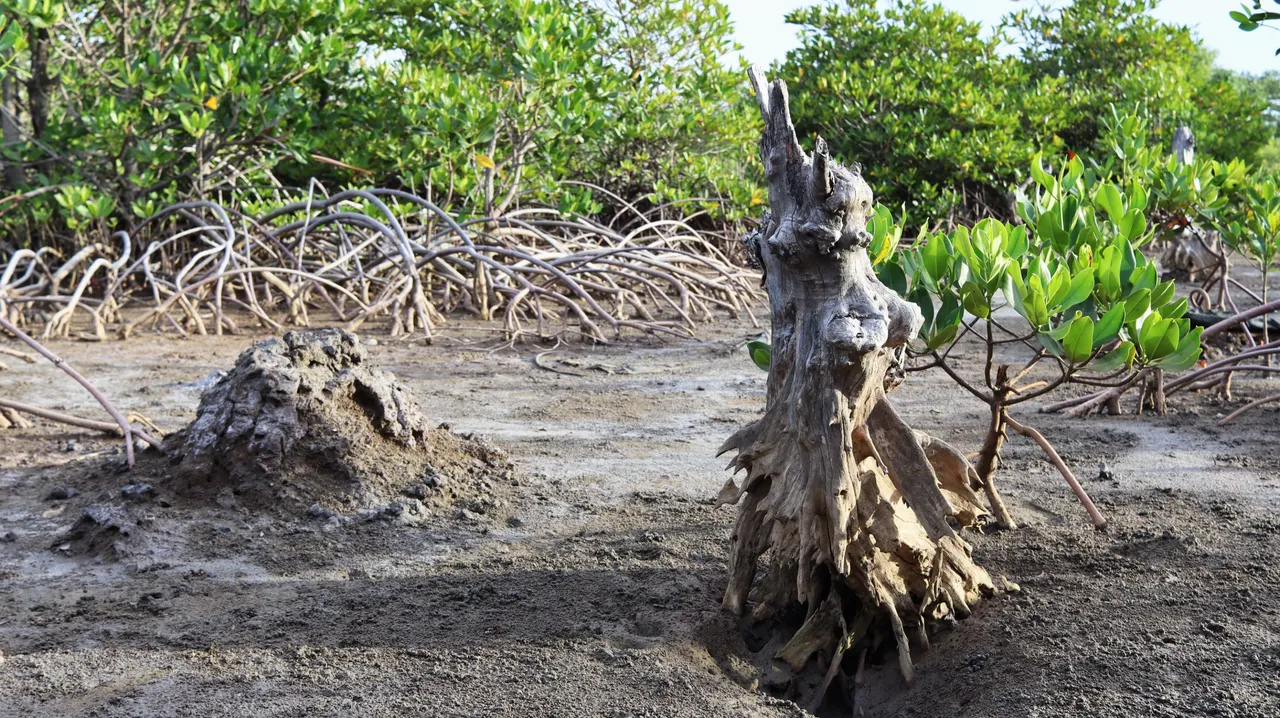
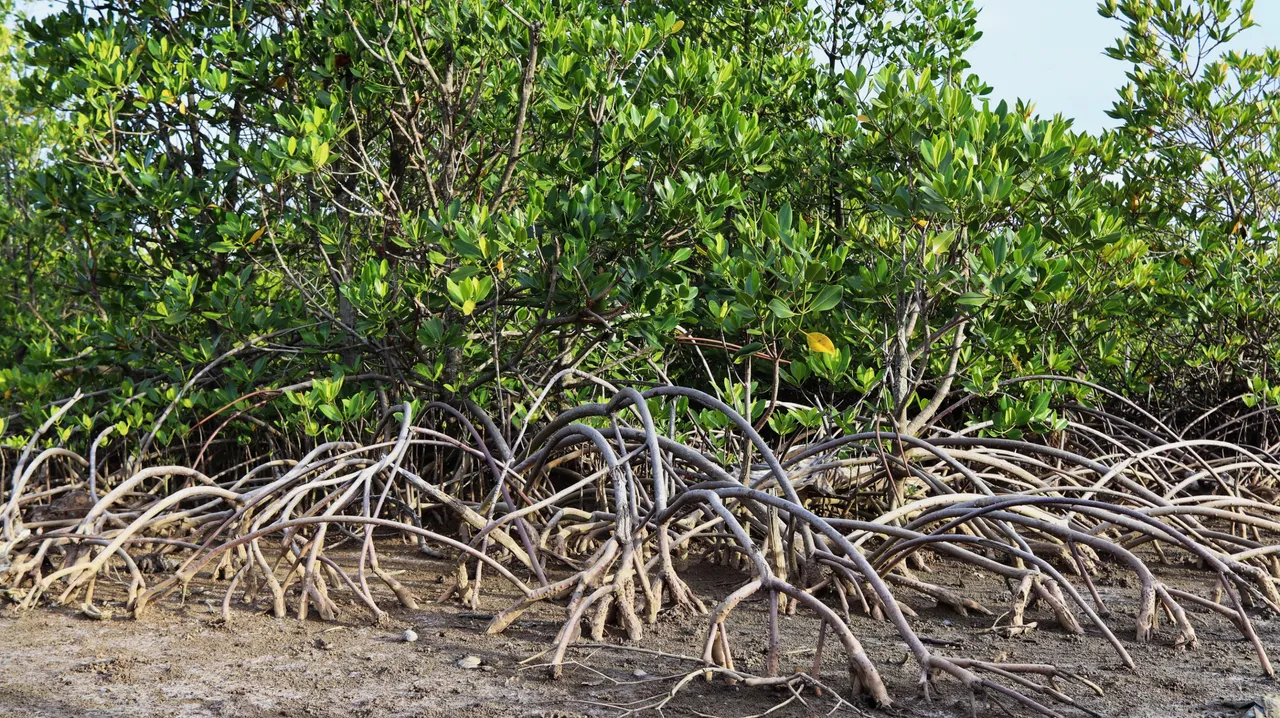
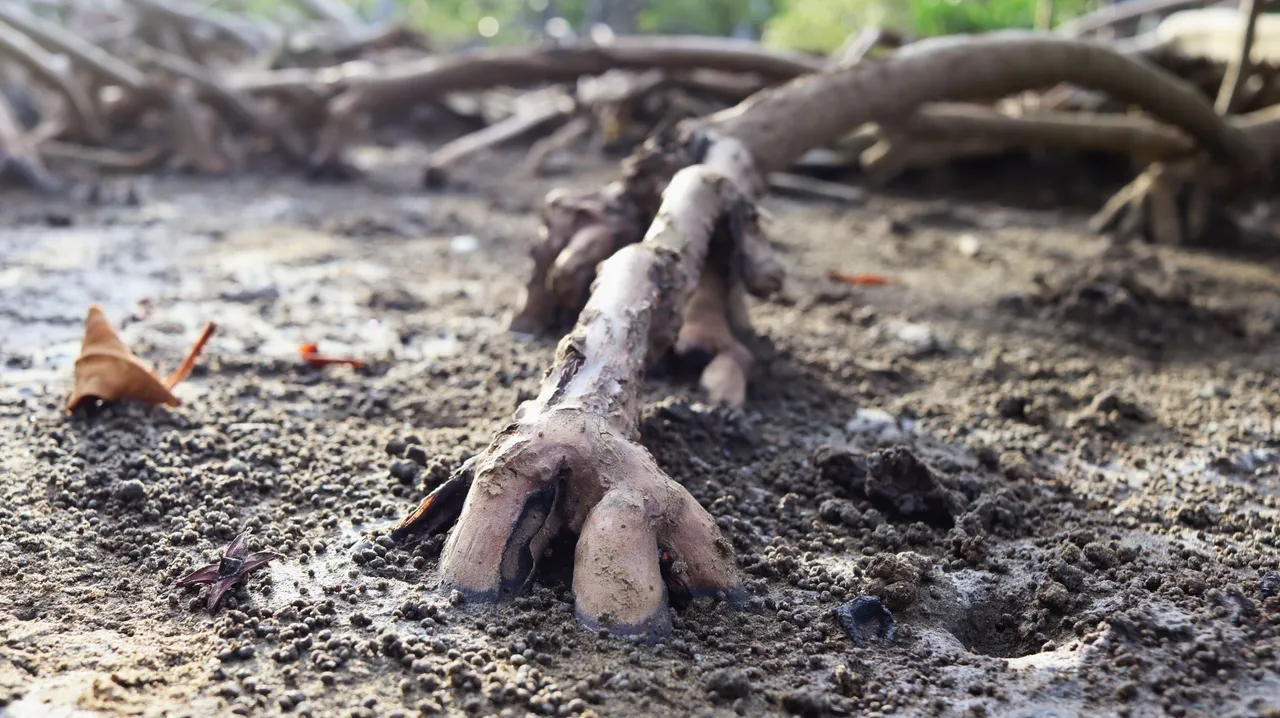
Some of the inhabitants of the mangrove substrate are immediately visible. A pile of clam shells seemed to have been opened there.
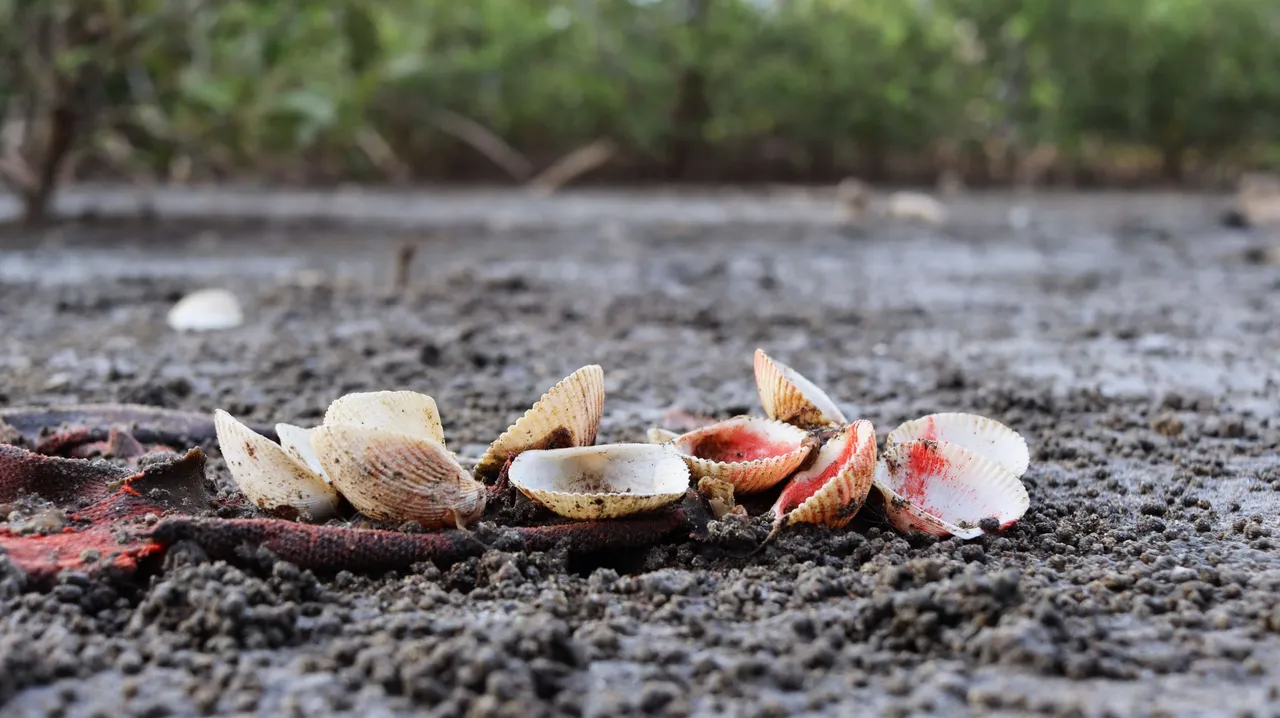
From the holes between the roots of the mangroves, crabs came out. A crab with one claw is bigger out of the hole.
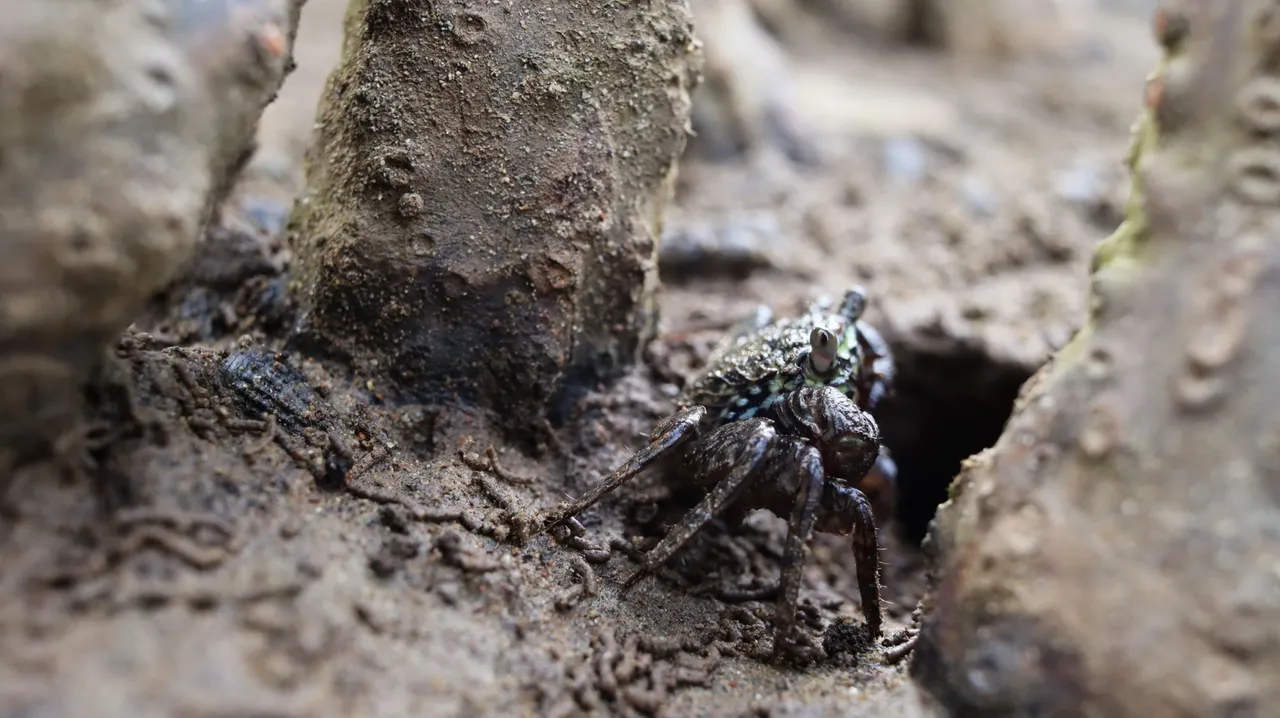
At first glance it looks a little scary. It seems a little more daring than the other crabs to face you. But, in the end, it will also avoid you by going into the hole, and only coming back out when you're a little further away.
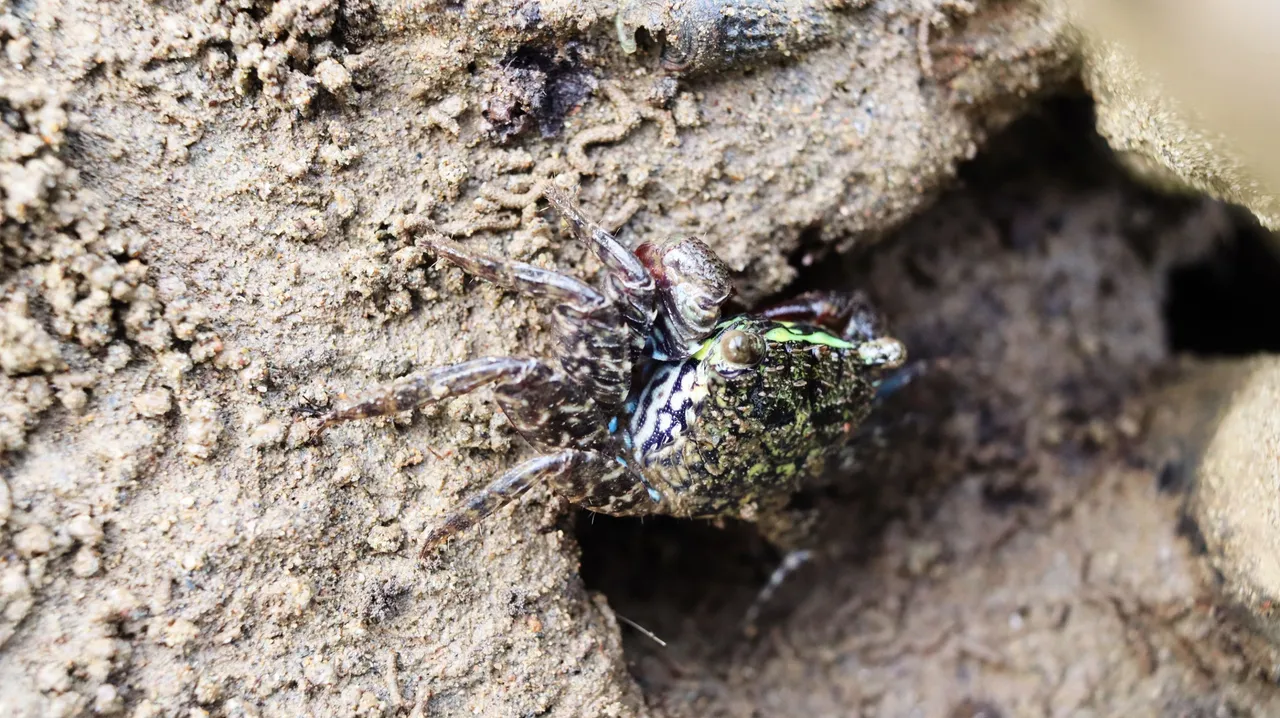
Above your head, you can see beautiful mangrove flowers. There are several varieties of mangroves that grow in this mangrove environment. Some of them have beautiful flowers and fruit.
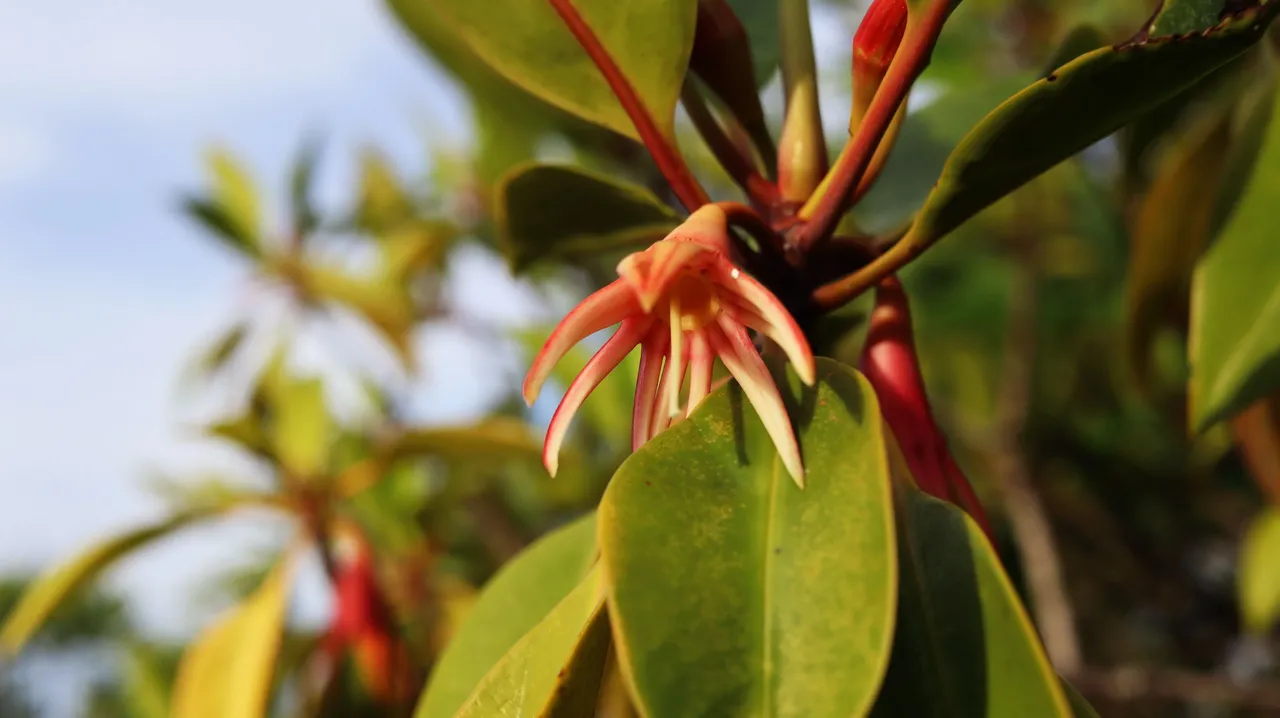
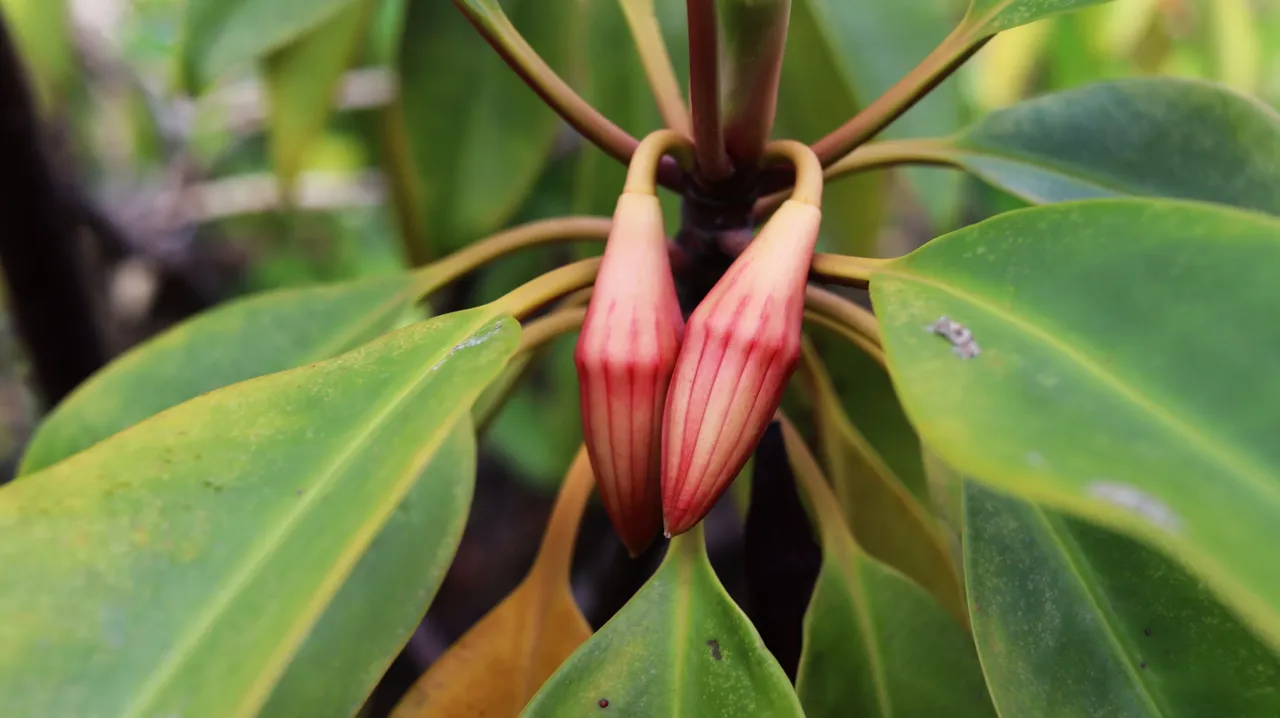
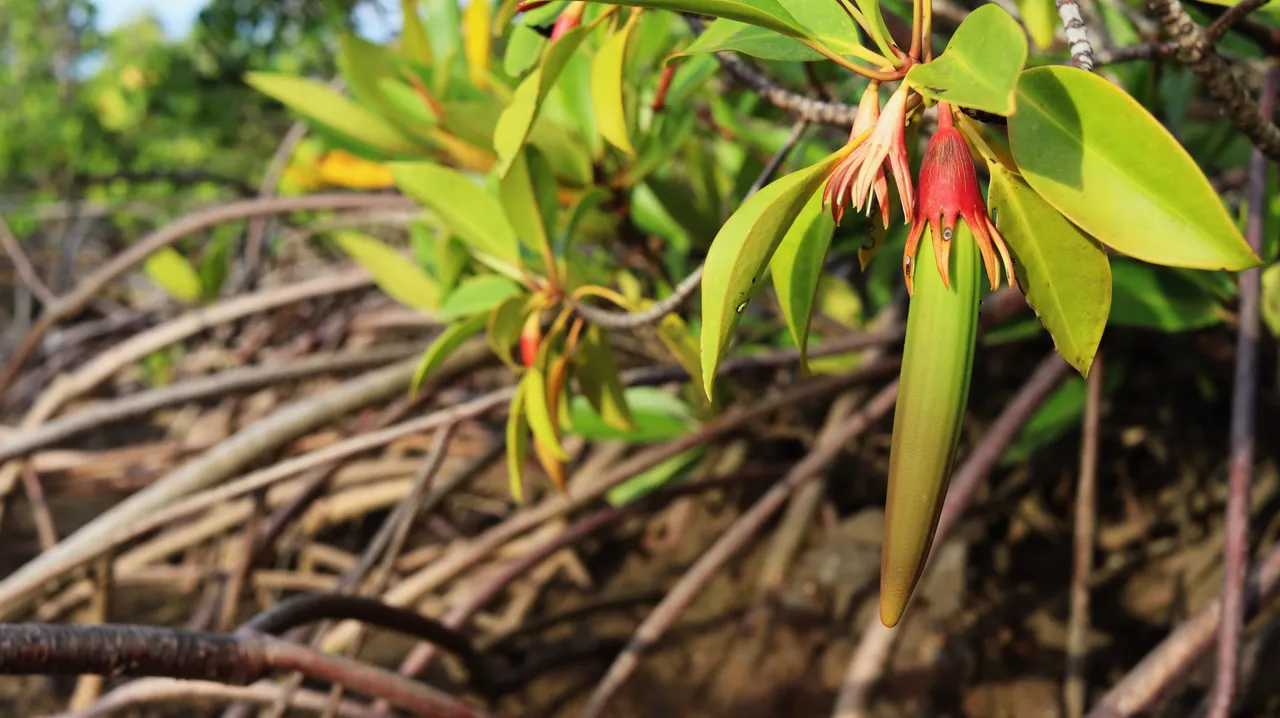
The situation there feels so comfortable, but not too quiet, because you will hear the sound of taps..taps emitted by calling crabs (Fiddler crabs), as well as various activities of "diurnals" who live in the mangrove forest substrate.

And you see this on the northern tip of Sumatra Island, or rather in Banda Aceh.
